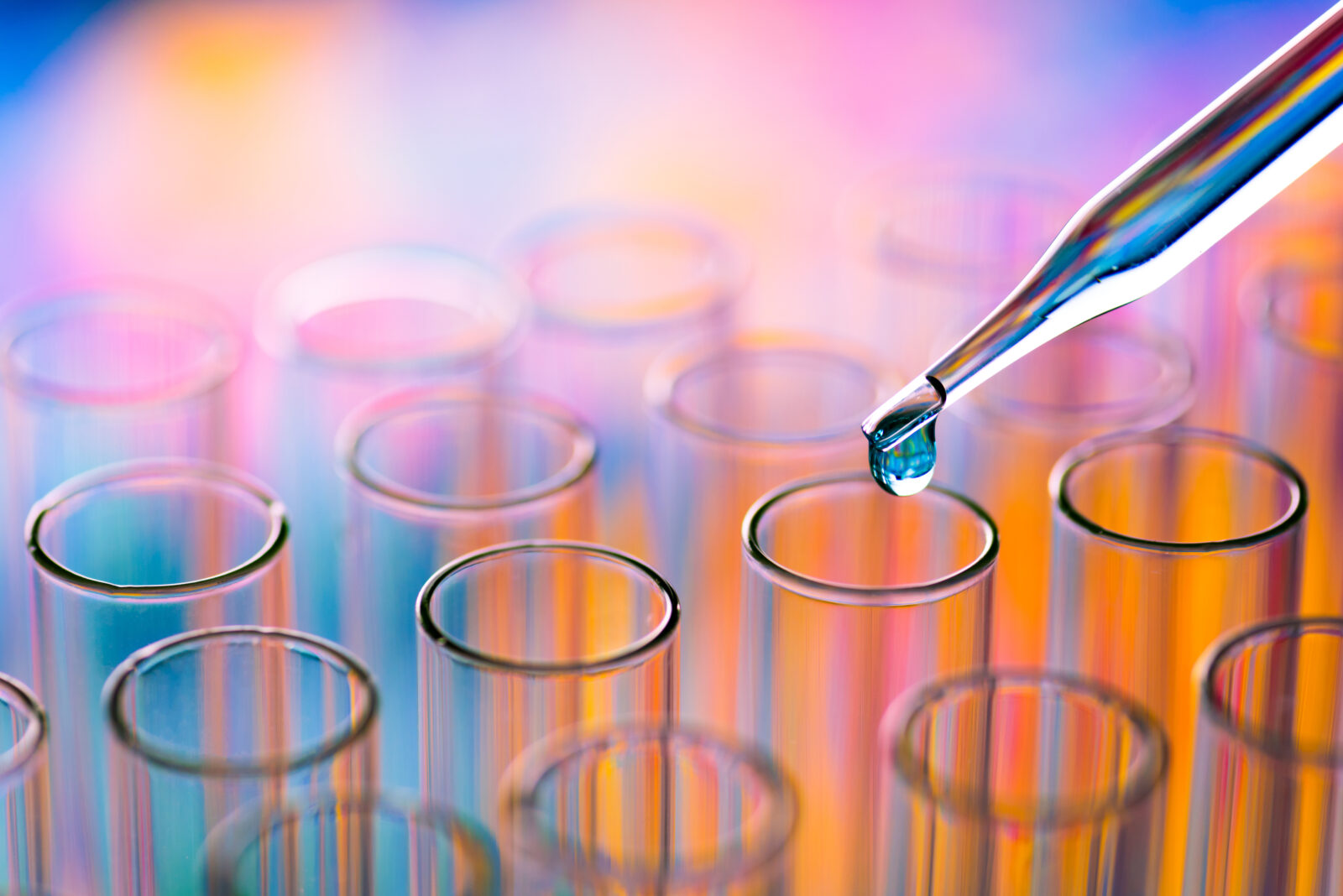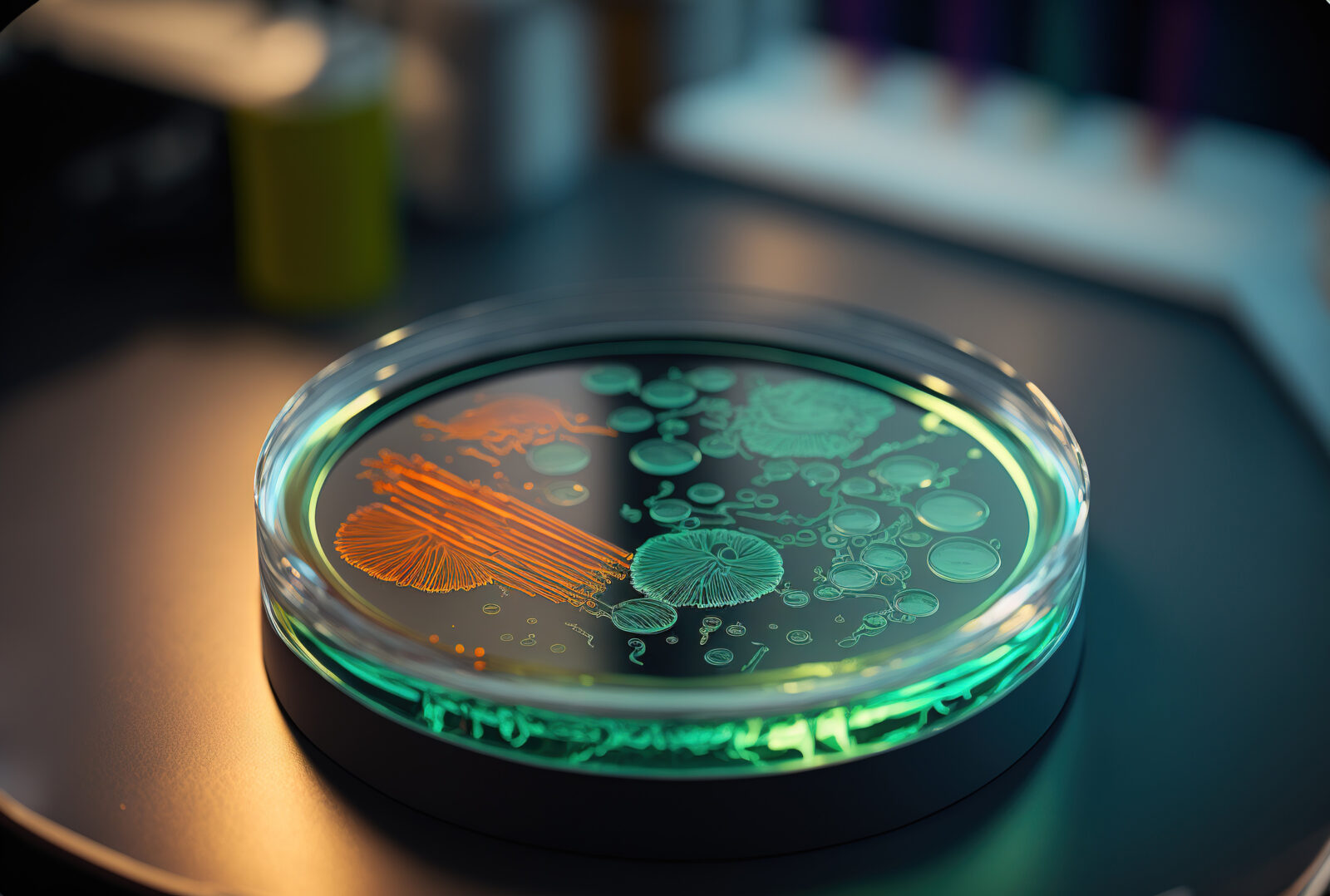


Smoke & Mirrors: Tour and Meyer Assess Origin of Life Experiments

Extravagant Claims: James Tour & Stephen Meyer Critique Origin of Life Research

James Tour and Stephen Meyer Bring Clarity to Origin of Life Debate

Brian Miller Distills the YouTube Debate between Dave Farina and James Tour
On today’s ID the Future, host Eric Anderson and physicist Brian Miller, research director for Discovery Institute’s Center for Science and Culture, discuss a recent debate between YouTube science educator Dave Farina and Rice University synthetic organic chemist James Tour. Tour has argued that no one—not even the most elite of origin-of-life scientists–has a clue how life could have arisen through blind natural forces on the early earth. Farina created a YouTube response on his channel arguing that Tour is wrong and that origin-of-life researchers are well on their way to solving the mystery of life’s origin. Tour then responded in his own YouTube video series. Now Miller and Anderson boil it all down and argue that Tour is right and Farina wrong on multiple levels.